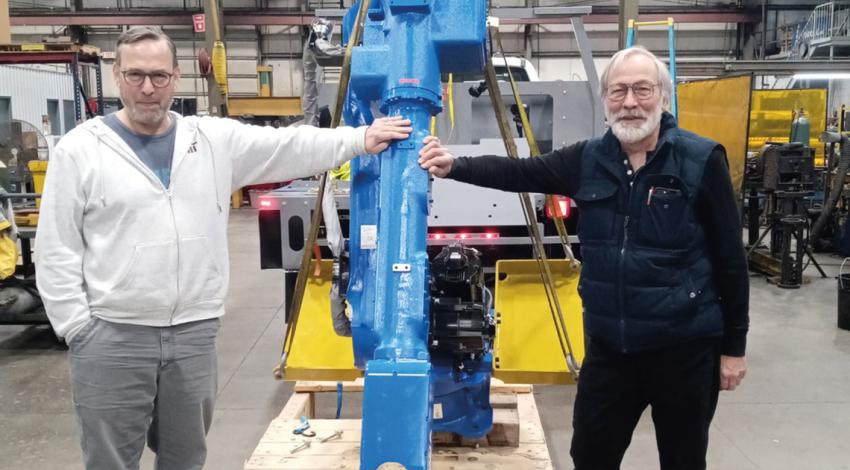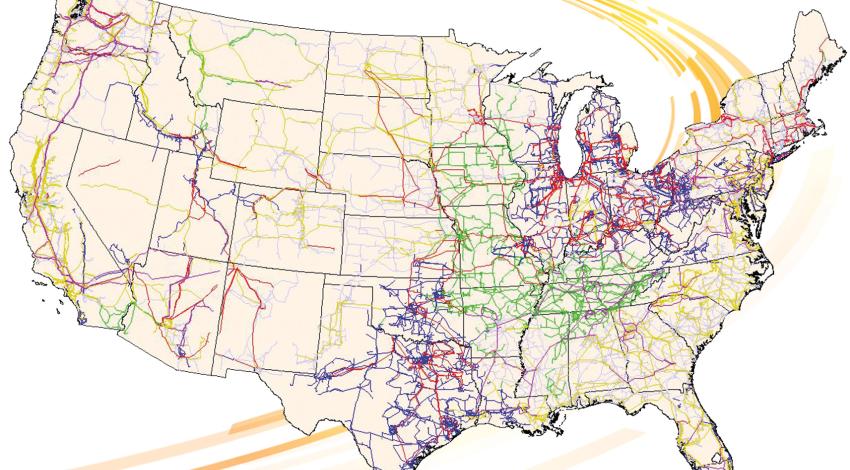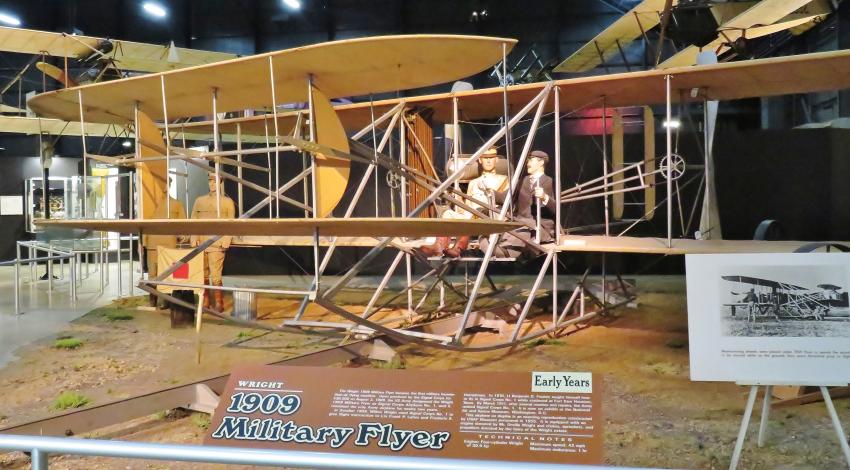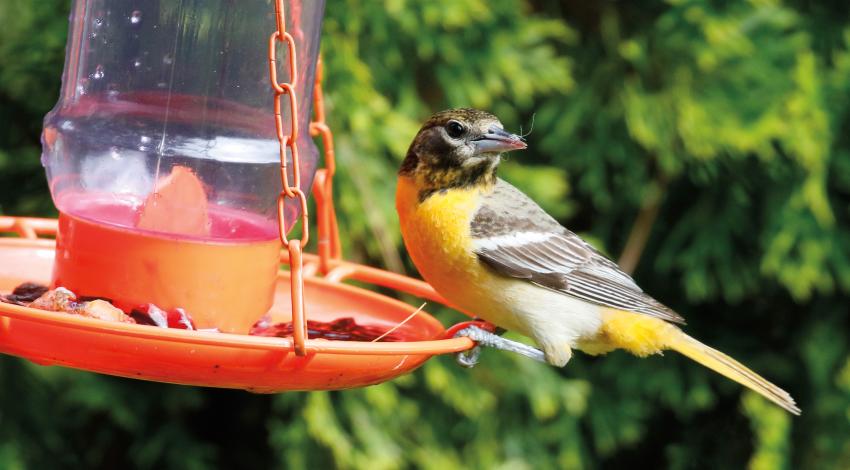After working in the electric utility business for nearly 40 years, I still marvel at the working of our interconnected electric power network that we commonly refer to as “the grid.” It has taken equal parts of engineering, ingenuity, and hard work to design, build, and sustain a network that makes electricity available every hour of every day, no matter how hot or how cold the weather outside may be.
Jackie Driscoll paints her landscape with a palette of colors from native plants.
Driscoll has been gardening since she was a child. Her mother, who kept gardening until she died at 88, planted the joy of gardening seed in her daughter, and it still flourishes.
Jackie and her husband, Brian, lived in a Cleveland suburb while their children were growing up. Their property was small, but Driscoll kept adding plants to it. “My husband finally said, ‘You have to leave some grass,’” she recalls.
Sam Bell, a retired auto mechanic, and Wyatt Newman, a retired Case Western Reserve University professor of electrical engineering, have been friends and bicycling buddies for years. “We talk about everything on our rides,” Bell says.
The common, labor-intensive practice is that all those turn arrows, handicapped space designations, sharrows (shared lane markings), and other specialty markers are stenciled by hand. It’s not only costly, it puts America’s road workers in danger every time they do their jobs. RoadPrintz changes that by producing a truck-mounted robotic arm that can paint even custom markings that are too complicated for striping trucks.
Again in late March and early April, a series of powerful storms swept through Ohio — this time bringing gale-force winds that brought down trees, snapped utility poles, and pulled wide stretches of power line to the ground, causing electricity to stop flowing to homes and
For the vast majority of time, no one really thinks about electricity or where it comes from, or how it gets to that lightbulb. It’s only during that fraction of a percent of the hours in a year when power is not available that the grid comes to public attention.
But what is ‘the grid’?
In the United States, the electricity industry has a generating capacity of 1.1 million megawatts, serving up electricity to nearly every home and business — including over a million Ohioans and 42 million people across the country who are served by electric cooperatives.
Born and raised in Columbus, Air Force General Curtis LeMay studied engineering at Ohio State University and launched his military career in his hometown by learning to fly at old Norton Field.
One airlift pilot, Lt. Russ Steber, took along his newly adopted boxer rather than leave the pup alone during the lengthy missions. The dog became such a familiar part of the airlift, Steber even had a parachute made for him. Eventually, LeMay learned of the stowaway, and Steber expected to be in big trouble. Instead, the general told Steber his dog was a great morale booster and promptly named him “Vittles.”
Roman Mast’s backyard looks like a bird-feeding test kitchen.
“I have my oriole feeders out by the last week in April,” Mast says. “Through the years, I’ve tried a lot of different foods to attract orioles, including sliced oranges, but my main food now is simply grape jelly.” Orioles and a few other species, such as rose-breasted grosbeaks, gray catbirds, and some warblers, seem to love the stuff. “A red-bellied woodpecker even comes to my jelly feeders occasionally,” Mast says.















